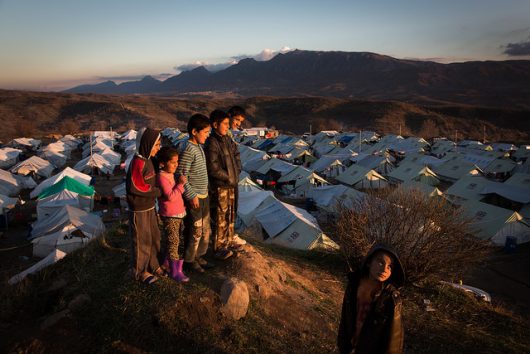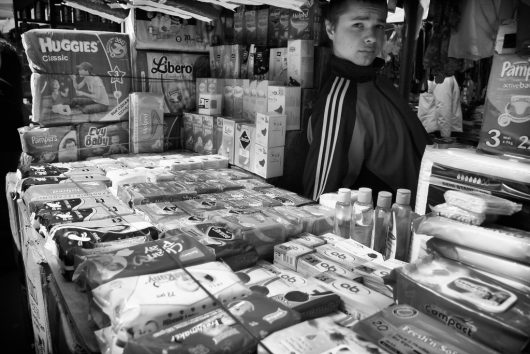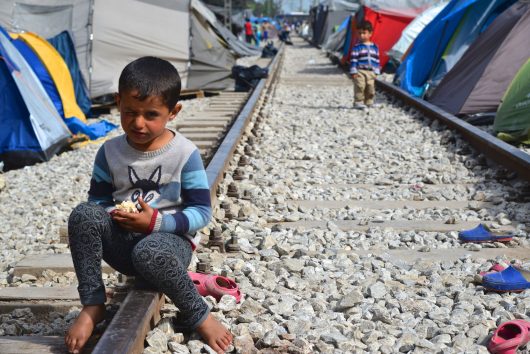
Italy attracts thousands of tourists because of its food, history and beautiful coastlines. However, the diseases that Italians are prone to are often overlooked. In 2012, certain diseases resulted in 613,520 deaths in Italy. Here is a quick overview of the top Italian diseases.
Heart Diseases
Ischemic heart disease took the lives of 75,098 Italians in 2012. Other types of heart diseases killed 48,384 Italians in 2012. In general, heart conditions accounted for 30 percent of all deaths in Italy that year. Symptoms of ischemic heart disease include recurrent chest pain and discomfort due to a lack of blood flow to the heart. Ischemic heart disease develops when cholesterol particles accumulate on artery walls that supply blood to the heart. Eventually, the arteries become clogged, blocking the flow of blood to the heart.
Cerebrovascular Diseases
Cerebrovascular diseases have resulted in the deaths of thousands of Italians. Cerebrovascular diseases refer to all disorders in a specific area of the brain that is impacted by ischemia or bleeding. Strokes and aneurysms are common examples of cerebrovascular diseases.
Cancer
Trachea, bronchus and lung cancer killed 33,538 Italians in 2012. Such cancers were the second causing cause of death for men in that year. Each of these cancers impacts the lungs and throat area of the body and are caused by smoking.
The top Italian diseases generally result from poor lifestyle decisions, such as lack of exercise, smoking and excessive alcohol consumption. The most common diseases in the country can be prevented if Italians commit to making simple lifestyle changes. Proper lifestyle choices can help decrease the prevalence of these diseases and can allow many Italians to enjoy their beautiful country and culture for longer periods of time.
– Mary Waller
Photo: Flickr









